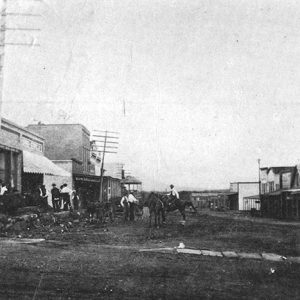 Huntington Street Scene
Huntington Street Scene
Entry Category: Counties, Cities, and Towns
 Huntington Street Scene
Huntington Street Scene
Huntsville (Madison County)
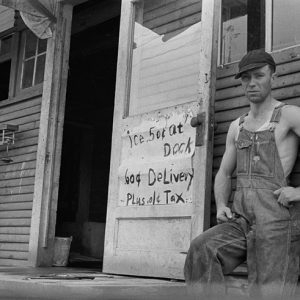 Huntsville Ice Merchant
Huntsville Ice Merchant
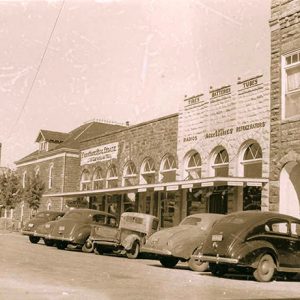 Huntsville Street Scene
Huntsville Street Scene
 Huntsville Street Scene
Huntsville Street Scene
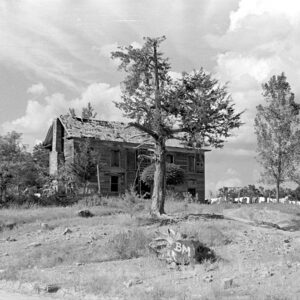 Huntsville Tavern
Huntsville Tavern
Hutchinson (Independence County)
Huttig (Union County)
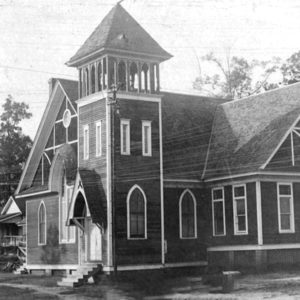 Huttig Church
Huttig Church
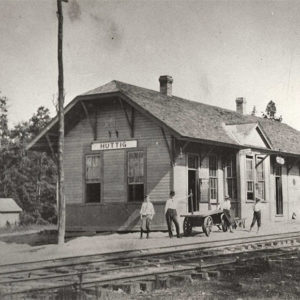 Huttig Depot
Huttig Depot
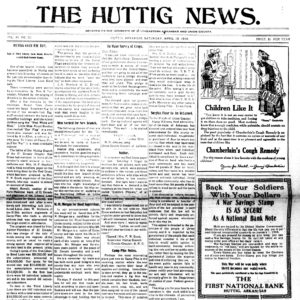 Huttig News
Huttig News
 Huttig Street Scene
Huttig Street Scene
 I-30 Elevated Portion
I-30 Elevated Portion
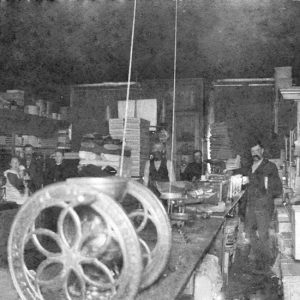 I. W. Carpenter Store
I. W. Carpenter Store
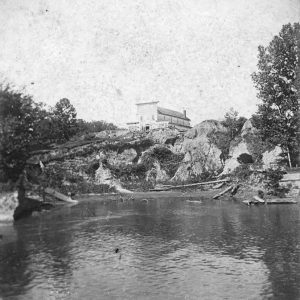 Ice House
Ice House
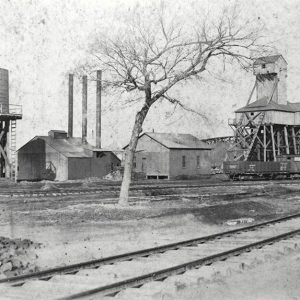 Ice Plant
Ice Plant
 Ice Plant
Ice Plant
 Ice Plant
Ice Plant
Ida (Cleburne County)
 Idaho Grocery
Idaho Grocery
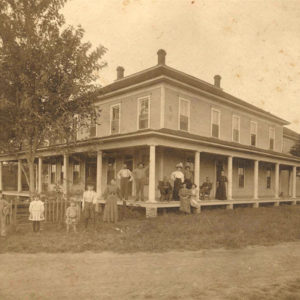 Illinois Hotel
Illinois Hotel
Imboden (Lawrence County)
 Imboden Flood
Imboden Flood
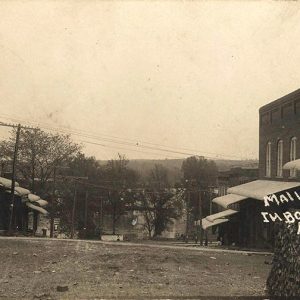 Imboden Street Scene
Imboden Street Scene
 Immaculate Conception Church
Immaculate Conception Church
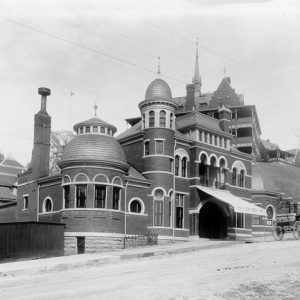 Imperial Bathhouse
Imperial Bathhouse
Independence County
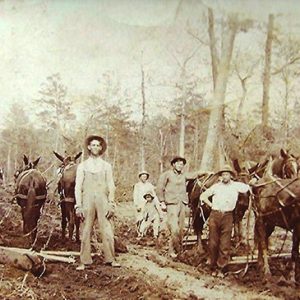 Independence County Logging
Independence County Logging
 Independence Steam Electric Station
Independence Steam Electric Station
Indian Bay (Monroe County)
 Indian Rock Cave
Indian Rock Cave
 Ineos Composites
Ineos Composites
 Inn at the Mill Lobby
Inn at the Mill Lobby
 International Shoe Company
International Shoe Company
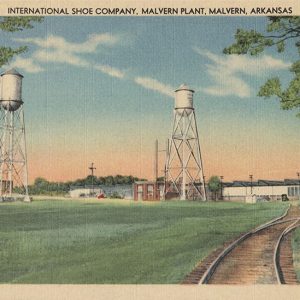 International Shoe Company
International Shoe Company
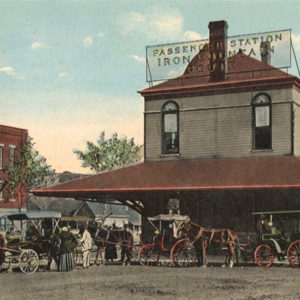 Iron Mountain Depot
Iron Mountain Depot
 Islamic Center for Human Excellence
Islamic Center for Human Excellence
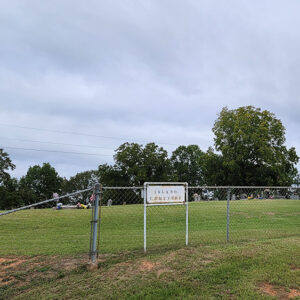 Island Cemetery
Island Cemetery
Izard County
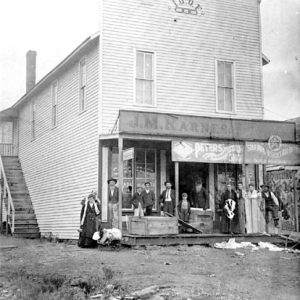 J. M. Karnes Store
J. M. Karnes Store
 J&J Lumber Company
J&J Lumber Company
Jackson County
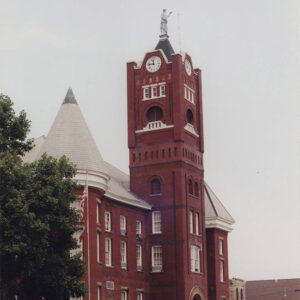 Jackson County Courthouse
Jackson County Courthouse
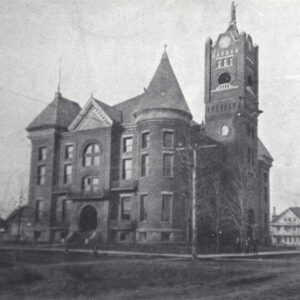 Jackson County Courthouse
Jackson County Courthouse
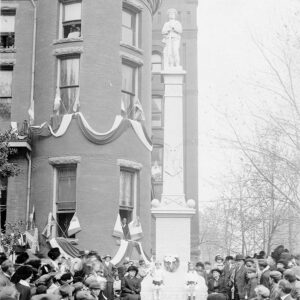 Jackson Guards Memorial
Jackson Guards Memorial
 Jackson Street
Jackson Street
Jacksonport (Jackson County)
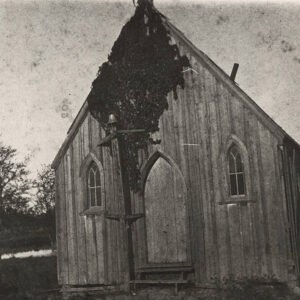 Jacksonport Church
Jacksonport Church
Jacksonville (Pulaski County)
 Entering Jamestown
Entering Jamestown




